Seville is a tourist location par excellence. Its streets still preserve the cultural wealth of all stages of the city history.
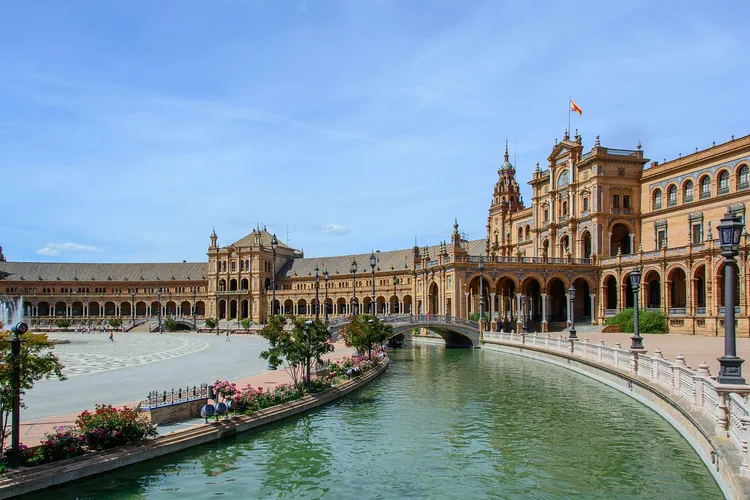
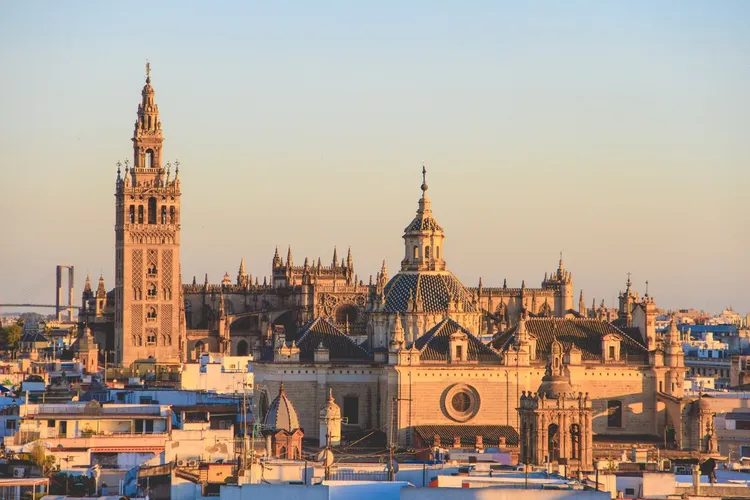
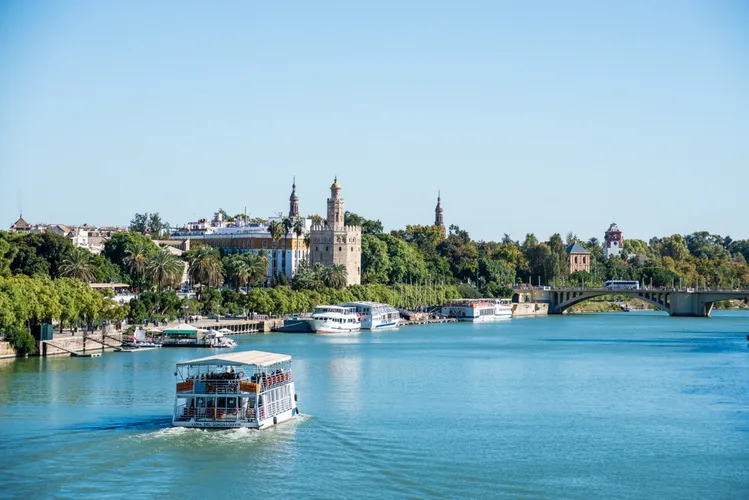
According to legend, Seville was founded by Hercules and its origins are linked with the Tartessian civilisation. It was called Hispalis under the Romans and Isbiliya with the Moors. The high point in its history was following the discovery of America in 1492.
The 20th century in Seville saw decisive cultural milestones such as the Ibero-American Exposition of 1929 and Expo '92, and the city's election as the capital of the Autonomous Community of Andalusia. For all its important monuments and fascinating history, Seville is universally famous for being a joyous town and one of the most beloved places by visitors to Spain. While Sevillians are known for their wit and sparkle, the city itself is striking for its vitality. It is currently the capital and largest city of the autonomous community of Andalusia, in Southern Spain, and the city of Carmen, Don Juan and Figaro.
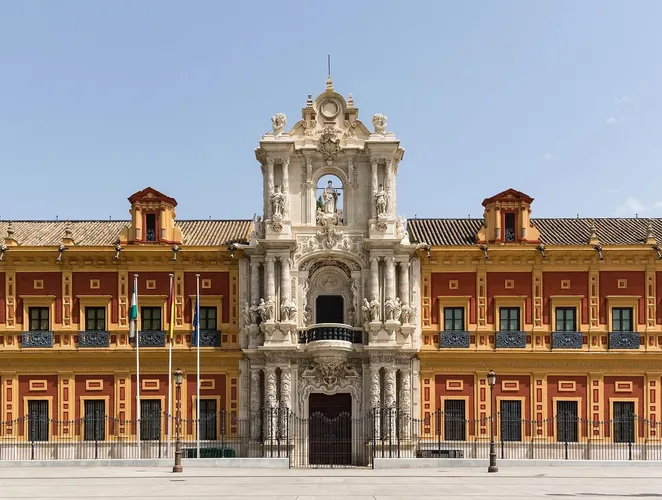
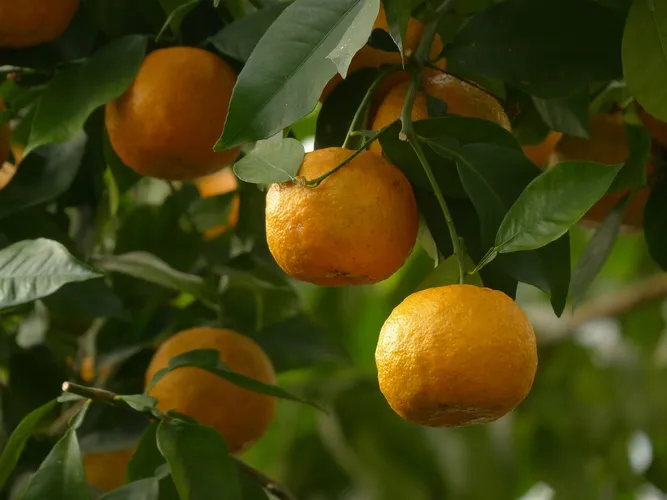
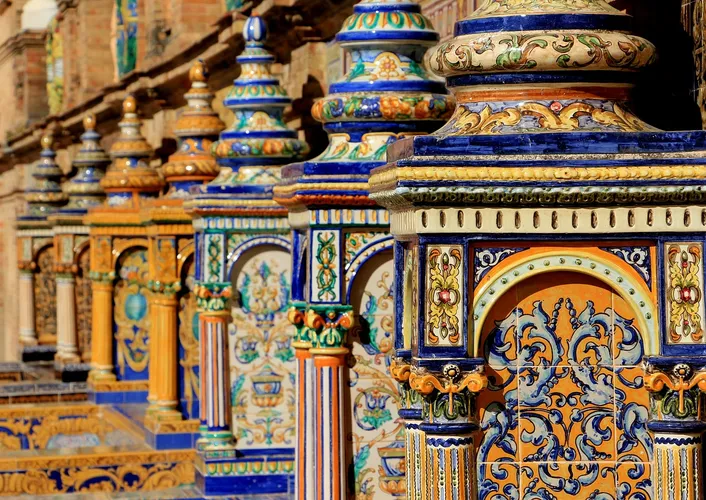
Seville lies on the banks of the Guadalquivir. It has a municipal population of about 700,000, and a metropolitan population of about 1.5 million, making it the fourth-largest city in Spain and the 30th most populous municipality in the European Union. Its Old Town, the third largest in Europe with an area of 4 square kilometres (2 sq mi), contains three UNESCO World Heritage Sites: the Alcázar palace complex, the Cathedral and the General Archive of the Indies (where the historical records of the American continent are kept).
Another important element of the city is the Seville harbour, located around 80 kilometres from the Atlantic Ocean. It is the only commercial river port in Spain, with Mediterranean and Atlantic projection. It had great importance in the XVI century when it was established in Seville the House of Trade to monopolize all trade with America.

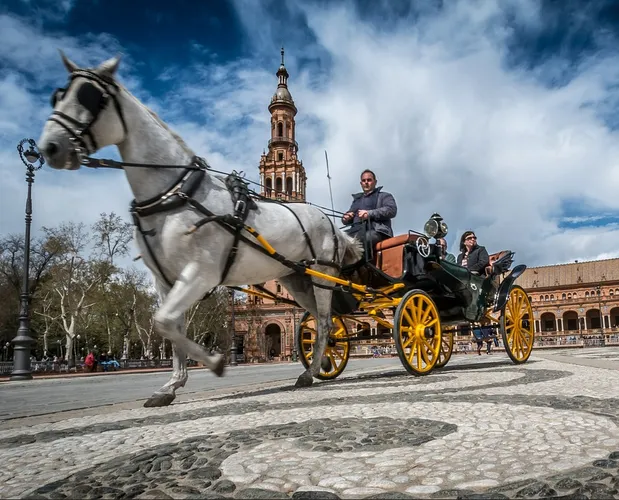
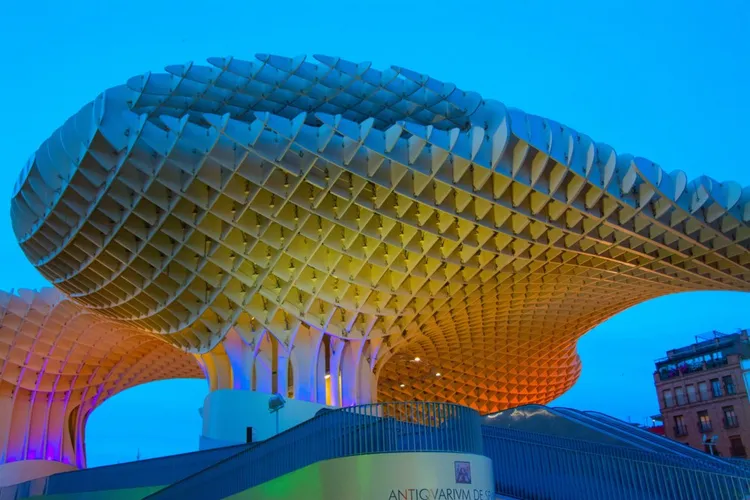
In Seville, visitors will not want to miss the old city, with the Cathedral and the Giralda tower at its heart (you can go up the ramp inside the tower for a magnificent view of the City). Very close by are the royal Mudejar palace known as the Alcazar with marvellous gardens and the Santa Cruz quarter, with cramped streets, flowered balconies, richly decorated facades, hidden patios...
Other sights not to be missed are: the Casa de Pilatos, a large sixteenth-century mansion where Mudejar, Gothic and Renaissance styles blend harmoniously amidst exuberant patios and gardens: La Maestranza bullring, the Tower of Gold, María Luisa park, crossing the Triana bridge over the large Guadalquivir River, and the lively popular quarter Triana with charming narrow streets around the church of Santa Ana and traditional ceramic factories. It is required to interrupt sightseeing from time to time to have a few "tapas", those amazing typical "small Spanish dishes", and a glass of Sherry wine in one of the probably thousands of bars in this city.
It will be the end of summer time in Seville during BPM Conference, with comfortable temperatures averaging around 28ºC (82ºF) and low probabilities of rainfalls.